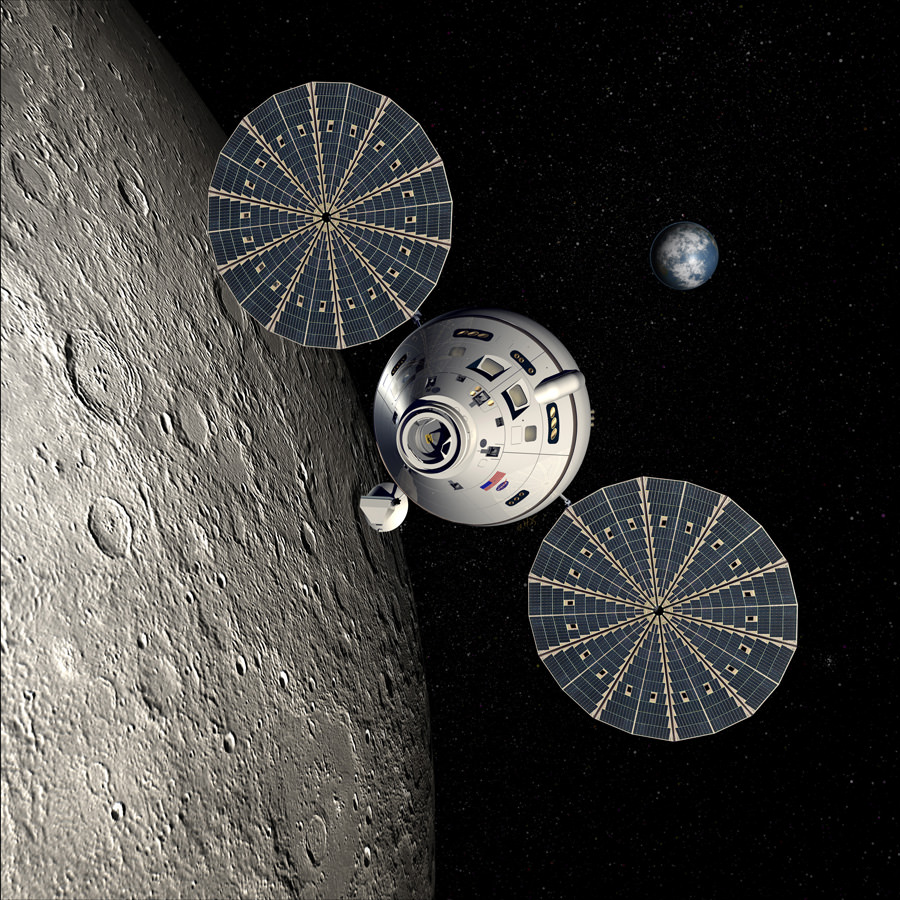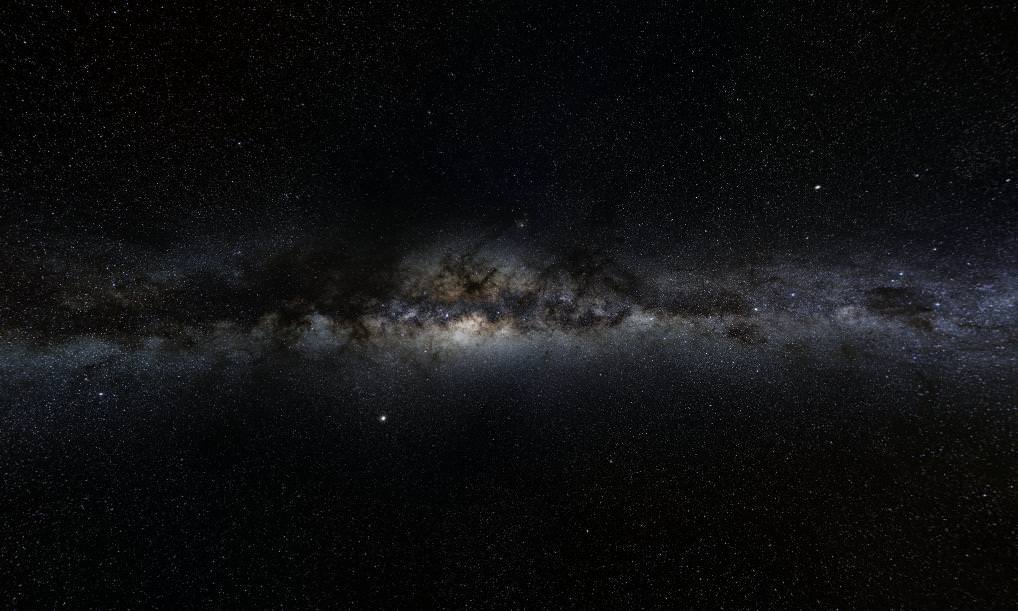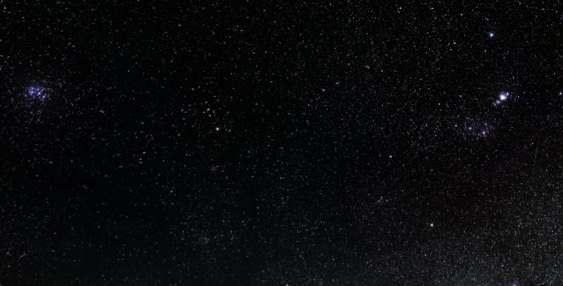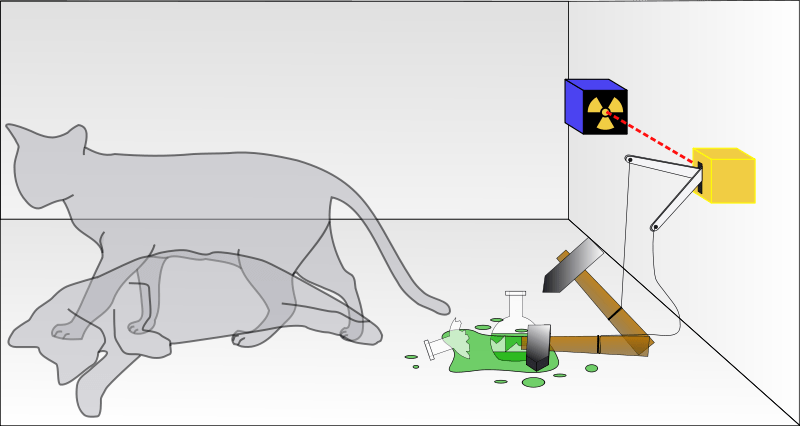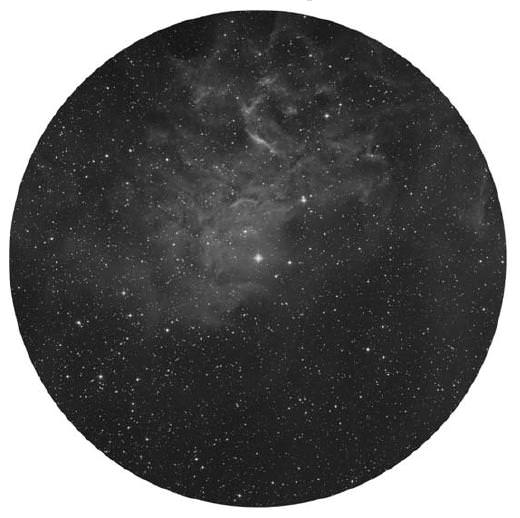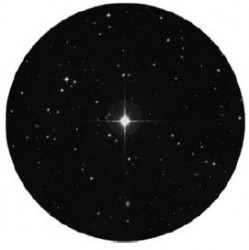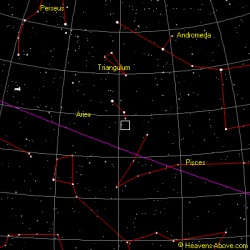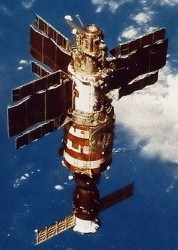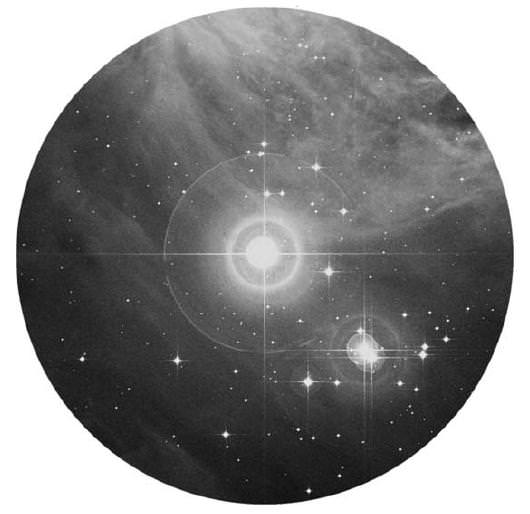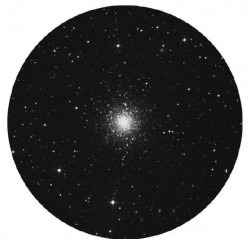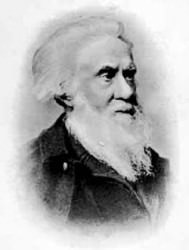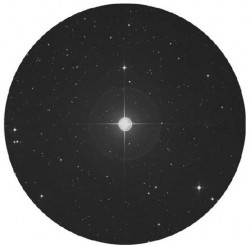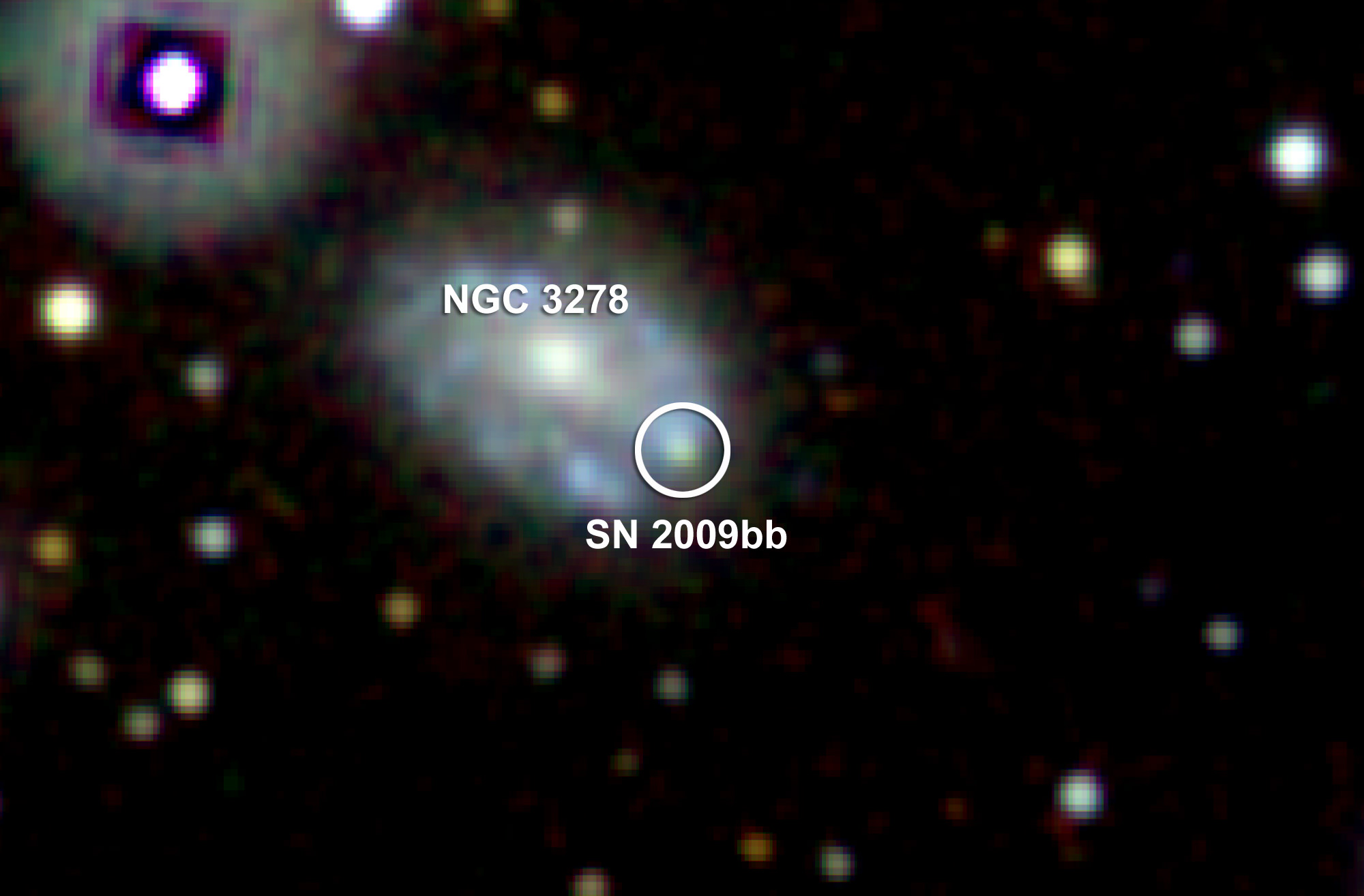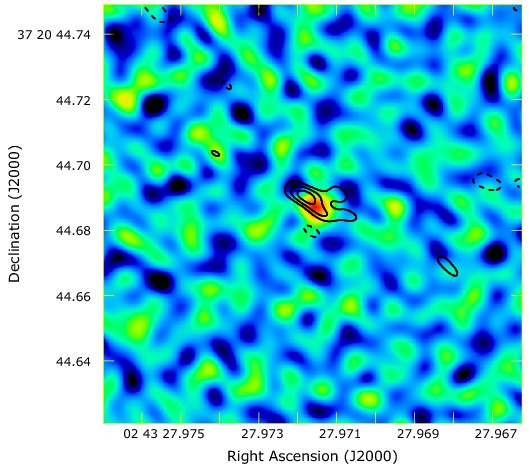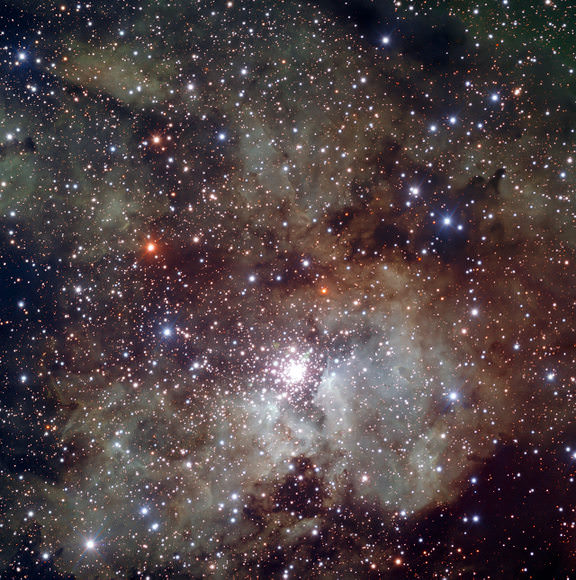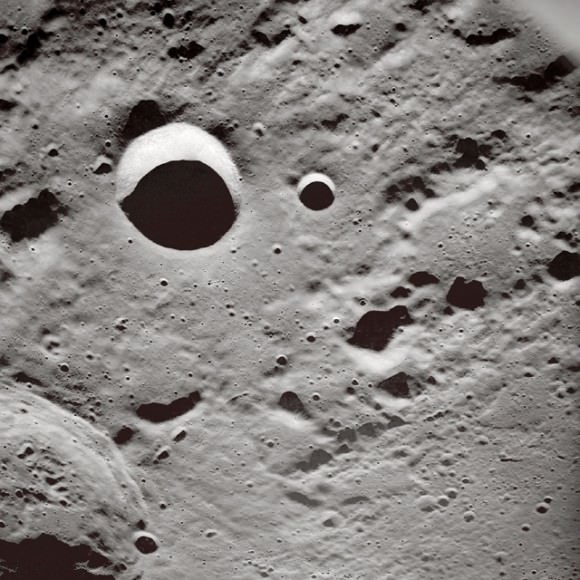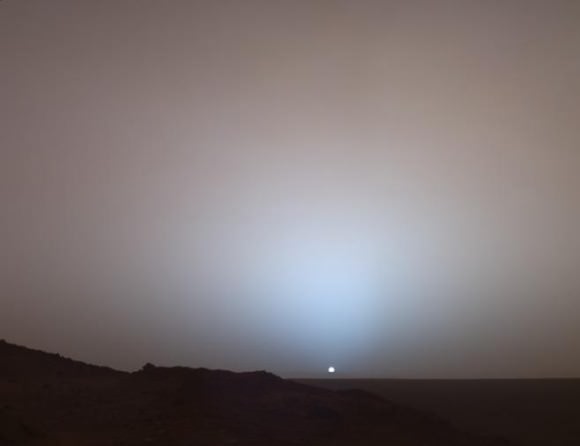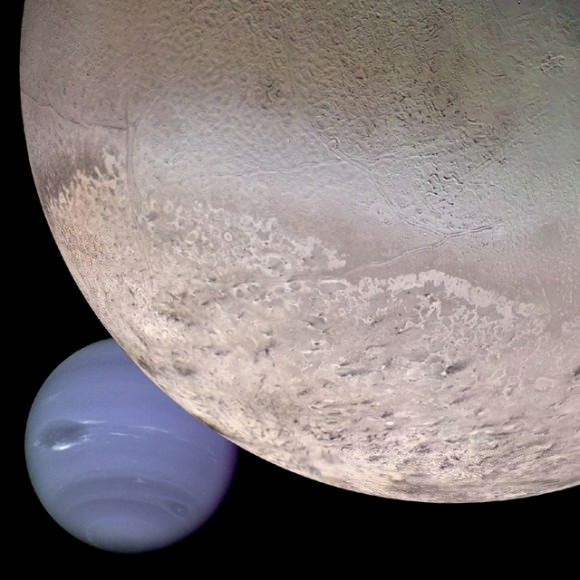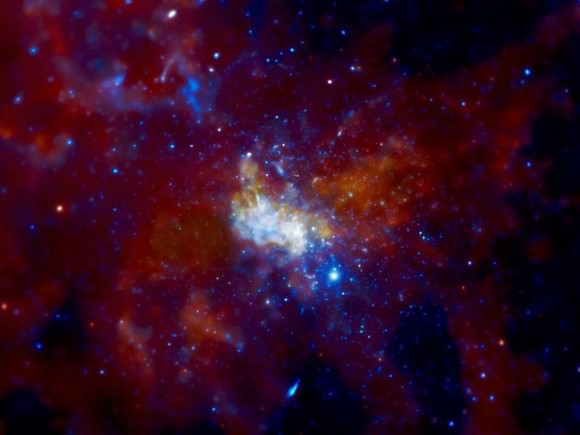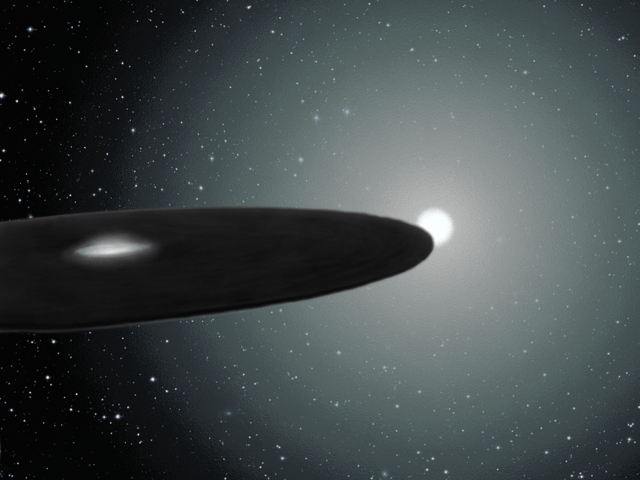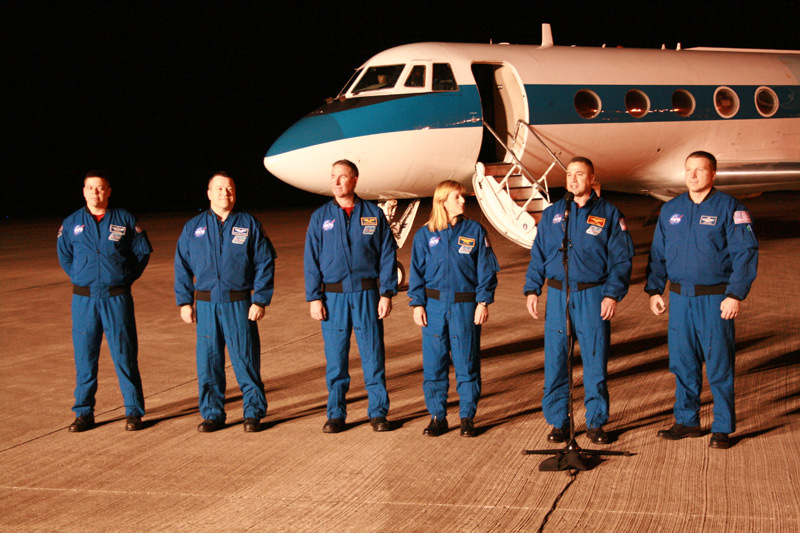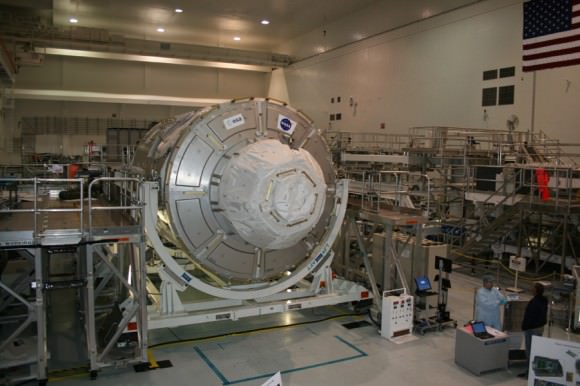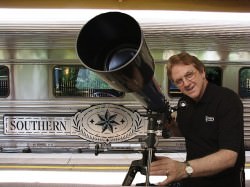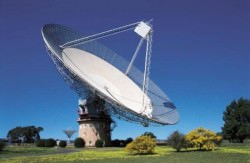[/caption]
(Editor’s Note: Ken Kremer is in Florida for Universe Today covering the upcoming Endeavour launch attempt.)
“We can fly Orion in 2013”, says John Karas, the VP and General Manager of Human Space Flight for Lockheed Martin. Lockheed is the prime contractor for NASA’s Orion capsule.
“There is no doubt in my mind we can do this. And Orion is very safe”. He strenuously repeated this statement to me several times with absolutely no doubt in his mind during a wide ranging interview. I spoke at length with Karas today (Feb. 6) at the NASA Press Center shortly before the scheduled Feb. 7 launch of shuttle Endeavour on the STS 130 mission to the ISS.
Lockheed Martin has issued an official statement saying, “We are keenly disappointed in the Administration’s budget proposal for NASA that would cancel Project Orion as part of an elimination of NASA’s Constellation Program. Orion’s maturity is evident in its readiness for a first test flight in a matter of weeks. In fact, Orion can be ready for crewed flights to low Earth orbit and other exploration missions as early as 2013, thus narrowing the gap in U.S. human space flight capability when the shuttle is retired later this year”.
Karas questioned the complete lack of vision and realism by the Obama Administration and NASA in deciding to terminate Project Constellation, which includes the new Orion Capsule, the Ares 1 booster rocket for Orion and the Ares 5 Heavy Lift booster required to reach the Moon, Mars and beyond. “I was very surprised by the cancellation. We expected and felt that a middle ground with some changes to Constellation was reasonable. We did not expect to be left with nothing”.
“Where is the US Leadership in space if we don’t have a heavy lifter soon ? or a deep space crewed capablity ?
“Russia, China, Japan and India will all have boosters equal to or better than the US expendable fleet. Why would anyone have an incentive to work with us if they already have their own boosters and crew vehicles for LEO. The nations of the world will look elsewhere, not to the US”, Karas told me emphatically. “Its not international cooperation, its international dependency !”
“We will not maintain Space leadership if the US will only be spending money on commercial LEO technology development under the new proposals by the Obama Administration, and not on an actual rocket program that builds, tests and launches flight hardware. Other countries have vehicles and technology programs too.”
“For now, I told the team that Job 1 is to stay calm and keep focused. We are not terminated yet. We are continuing the Constellation program according to our contracts with NASA. By law, the Congress must still have its say. The program cannot be terminated without congressional approval. We have some hope there and are working with NASA and Congress.”
“We have numerous Orion related tests upcoming including the LAS or Launch Abort System test in 60 days. And we have test hardware at Michoud and other sites in Louisiana, Texas and Florida. We have successfully completed the Preliminary Design Review (PDR) on Orion last year. We are headed for the critical design review (CDR) beginning in the August 2010 time frame and running into next year. Orion is the most mass efficient ever built. And its full of innovations”.
Karas was confident about the early readiness of Orion and vehemently disagrees with the conclusions of the blue ribbon Augustine commission which evaluated Project Constellation and stated in their final report that the Orion capsule could not launch prior to 2015 to 2017. Karas stated, “We can have an Orion capsule built and ready to fly by 2013. It would likely utilize a 5 segment Ares 1 rocket and probably be capable of launching with 4 astronauts aboard. To acccomplish that, we first need to complete several high altitude abort tests with the capsule. This would be followed by an unmanned orbital test in 2012.
There are some alternatives to using Ares 1 as the booster rocket if Lockheed decides to bid on NASA’s commercial route to human spaceflight. There has been speculation about launching with a 4 segment Ares 1 first stage which might also work, but with certain modifications to reduce the weight of Orion. Some systems or components would have to be simplified, reduced or pulled off such as the Service module size, avionics and unspecified life support hardware resulting in less redundancy and robustness in case of failures,” Karas said.
The Delta 4 Heavy and Atlas 5 are among other booster possibilities. Along with this of course is the fact that some capabilitities would also have to be sacrificed. For example making Orion only LEO capable and thus giving up on the Moon, Mars and other Deep Space targets such as Asteroids. But, he cautioned me by saying that much work remains yet to be done to define these alternative options. “Focusing on LEO is not space leadership. The nation should have a balanced approach” says Karas. Capabilities sacrificed today could potentially be added back in later.
Money could also obviously be saved by designing and constructing a capsule with less built in safety capability. Fear of that happening has been expressed by many.
Let me be completely clear, Karas was NOT advocating any option to curtail on crew safety. Just stating that compromises to crew safety would be a direct consequence to cutting development costs by cutting operational systems from the Orion capsule to meet a commercial competition.
Indeed, Karas is extremely concerned that by going the commercial taxi route, astronaut safety is exactly what will be sacrificed. “I am very concerned that safety and safety standards are at risk. There is a lot of rhetoric about commercial providers”.
In fact, no one has built any manned capsule yet and many comentators think their fast timelines are unrealistic. Some commercials providers have claimed they will have a manned capsule ready in about two years. But they have not even flight tested the unmanned cargo carriers yet.
“What happens if the commercial providers fail to deliver ? and the market for manned capsules fails to materialize ? Then the US will be left with no capability to launch its own astronauts into space for perhaps a decade or more.” The looming “Gap” will thus grow even longer, further threatening US Space Leadership”, stated Karas.
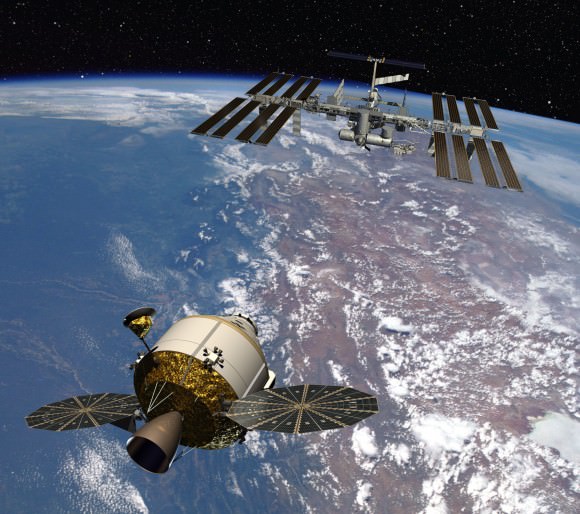
“Significant investment has already been made by the nation and private industry in Orion, which is human rated to provide a level of safety unmatched by any previous or currently proposed crewed vehicles”, according to Lockheed.
“Over 4000 people are working on Orion and those jobs are at risk. Lockheed and its partners have spent $300 million of its planned $500 million investment in Orion,” Karas told me.
Over 7000 jobs at the Kennedy Space Center are now at risk as well as thousands more across the US as a result of the retirement of the Space Shuttle at the end of 2010. The cancellation of Project Constellation adds even more uncertainty and the probable loss of another 500 jobs at the Cape.
On Feb 1, NASA awarded $50 million to commercial firms to begin development of concepts and technology demonstrations for commercial human spaceflight.
“Its just prudent for the tax-payers to have a backup plan.”
“We have done all the analysis, and others have verified it independently, making Orion inherently more safe than the alternatives,” Karas concluded.
Earlier STS 130/ISS articles by Ken Kremer
Russian Cargo Freighter Docks at ISS; 1 Day to Endeavour launch
Endeavour astronauts arrive at Cape for launch of Tranquility
ISS Crew Twitpics from Orbit; Live Streaming Video Soon !
Path clear for STS 130 to attach Tranquility module
Endeavour aiming for on time launch with coolant hose fix ahead of schedule
STS 130 flight pressing forward to launch as NASA resolves coolant hose leak
STS-130 Shuttle flight facing delay due to Payload technical glitch
Shuttle Endeavour Rolled to Pad; Countdown to the Final Five Begins

